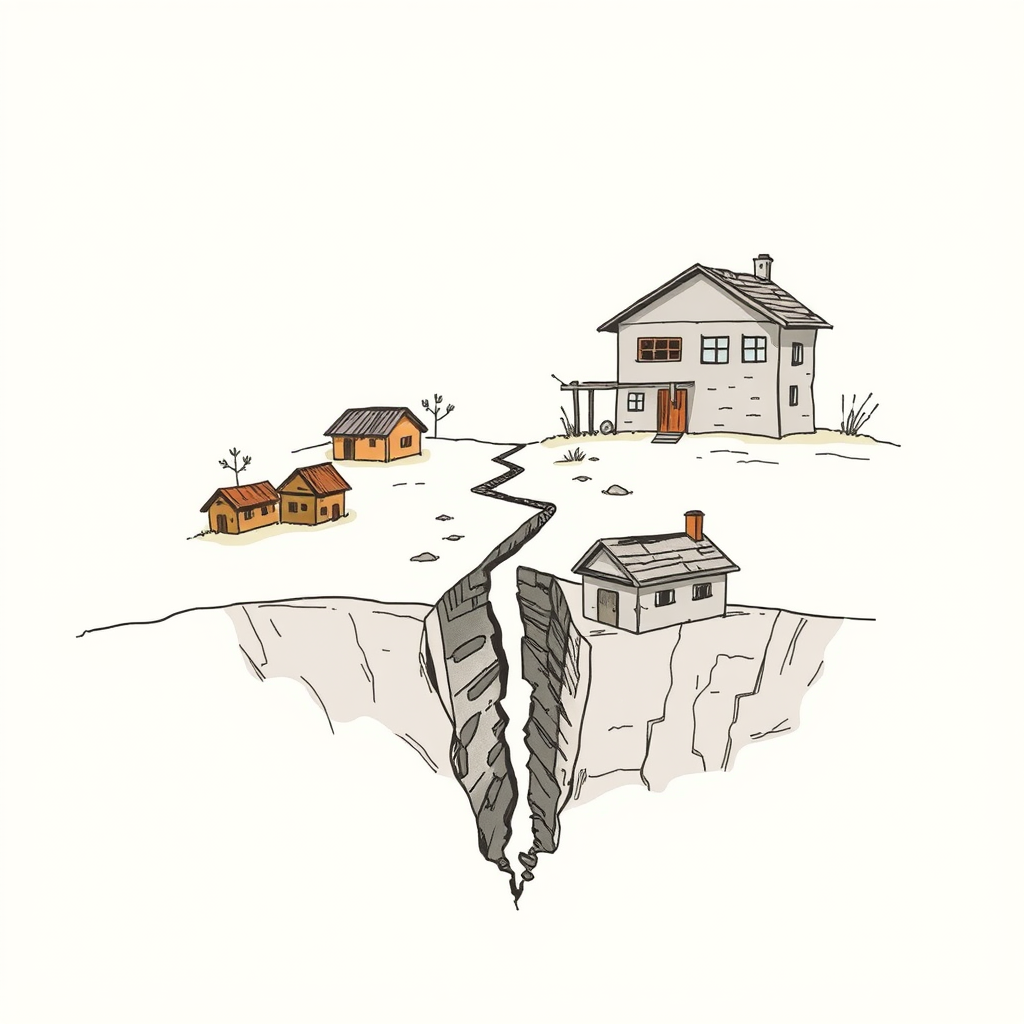Pakistan Earthquake: Tremors Felt Across J&K Region

A moderate earthquake struck Pakistan on Saturday, registering a magnitude of 5.8, and tremors were felt in the Jammu and Kashmir region of India. According to Mukhtar Ahmad, Director of the Meteorological Department, the quake occurred at 1:00:55 PM Indian Standard Time, with its epicenter located at latitude 33.63 degrees north and longitude 72.46 degrees east. The earthquake’s focus was approximately 10 kilometers beneath the Earth’s surface.
While this recent event was relatively mild, it serves as a stark reminder of the seismic vulnerability of the Kashmir Valley and surrounding areas. The region is historically prone to earthquakes, most notably the devastating 7.6 magnitude quake that struck on October 8, 2005.
That 2005 earthquake, centered in Muzaffarabad, Pakistan-occupied Kashmir, remains a horrific event in the region’s memory. It claimed over 80,000 lives across both sides of the Line of Control, and its effects were felt as far away as Afghanistan, Tajikistan, and even the Xinjiang region of China. The sheer scale of devastation stemmed from significant geological uplift, making it the deadliest earthquake in the region’s recent history, surpassing even the 1935 Quetta earthquake. It ranked as the fifth deadliest natural disaster of the decade.
Official death tolls in Pakistan ranged from 73,276 to 87,350, with some estimates exceeding 100,000. India reported 1,360 fatalities, alongside 6,266 injuries, and four deaths occurred in Afghanistan. The earthquake left approximately 3.5 million people homeless and injured around 138,000.
In recent years, the Chenab Valley region of Jammu and Kashmir has experienced frequent, smaller tremors. These have resulted in cracks and structural damage to both private and government buildings in the Kishtwar and Doda districts.
Experts are urging the construction of earthquake-resistant structures throughout the Kashmir and Chenab Valleys to mitigate future damage. Historically, traditional wood and mud construction in the region proved relatively resilient to seismic activity. However, the widespread adoption of cement and concrete structures has significantly increased vulnerability. A return to, or integration of, earthquake-resistant building techniques is crucial for safeguarding lives and property in this seismically active zone. The recent event, while minor, underscores the ongoing need for preparedness and resilient infrastructure in the region.